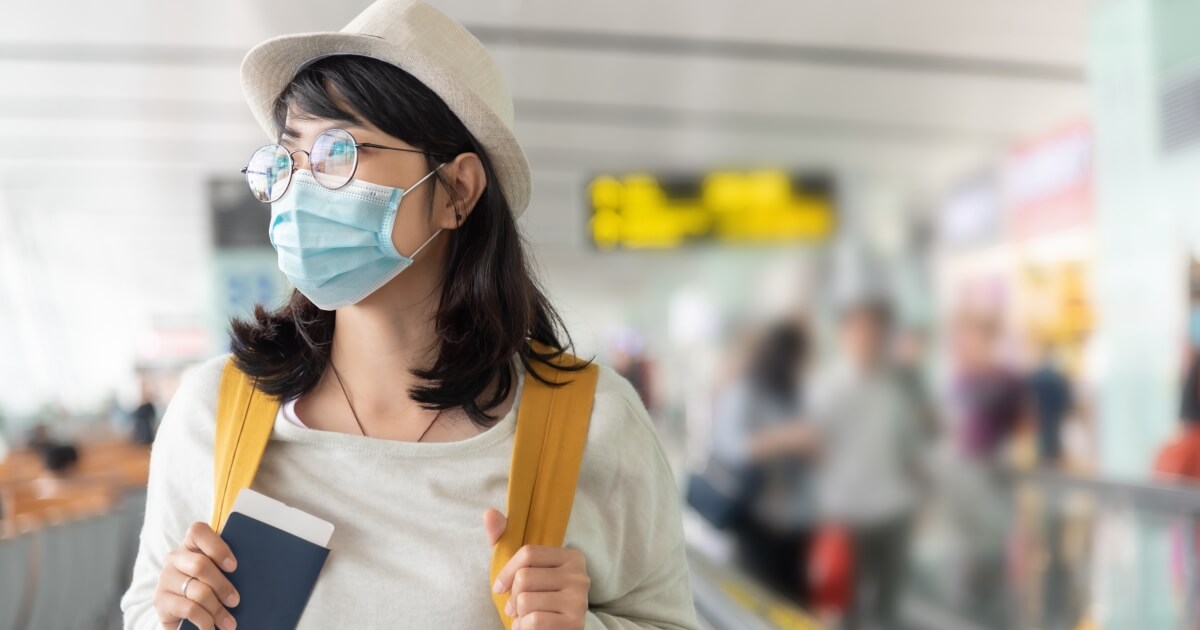Alert Level 1: Pandemic Travel Guidelines in the Philippines
Find out just how much you can do now.
by WindowSeat.ph | March 16, 2022
According to the Department of Health, Alert Level 1 could be considered “the new normal”. But what exactly does it entail? Learn more about the most relaxed COVID-19 alert level here.
Table of contents
This article was originally published on March 10, 2022. It was last updated on March 16, 2022.
Which areas are under Alert Level 1?
Here are the areas under Alert Level 1 from March 16 to March 31, 2022:
Luzon
- National Capital Region
- Cordillera Administrative Region: Abra, Apayao, Baguio City and Kalinga
- Region 1: Dagupan City, Ilocos Norte, Ilocos Sur, La Union and Pangasinan
- Region 2: Batanes, Cagayan, City of Santiago, Isabela, and Quirino
- Region 3: Angeles City, Aurora, Bataan, Bulacan, Nueva Ecija, Olongapo City, Pampanga, Tarlac, and Zambales
- Region 4-A: Batangas, Cavite, Laguna, an Lucena City
- Region 4-B: Marinduque, Puerto Princesa City, and Romblon
- Region 5: Naga City and Catanduanes
Visayas
- Region 6: Aklan, Bacolod City, Capiz, Guimaras, and Iloilo City
- Region 7: Cebu City, Siquijor
- Region 8: Biliran, Ormoc City, Tacloban City
Mindanao
- Region 9: Zamboanga City
- Region 10: Cagayan de Oro City and Camiguin
- Region 11: Davao City
- Region 13 (CARAGA): Butuan City
Areas not listed are under Alert Level 2.
Alert Level 1 Protocols
On travel and transportation
Individuals can undertake intrazonal and interzonal travel regardless of age and comorbidities.
What is intrazonal and interzonal travel?
Intrazonal travel refers to the movement across areas with the same set quarantine classification. On the other hand, interzonal travel refers to the movement across areas under different quarantine classifications.
Full seating capacity shall be allowed in public transportation.
For intrazonal and interzonal travels involving public land transportation between an area under Alert Level 1 and an area under a higher alert level classification, the passenger capacity shall be of that area with the lower passenger capacity rate between the departure point and destination point.
Air, sea, and rail public transport in and out of areas under Alert Level 1 shall be allowed to operate with 100% passenger capacity.
The Safe, Swift and Smart Passage (S-PaSS) travel management system is not required for interzonal travels to Alert Level 1 areas.
On workplaces and establishments
ALL establishments, persons, and activities are allowed to operate, work, or be undertaken at full capacity, provided they meet minimum public health standards
Minimum Public health standards
- A Safety and Health Officer/s shall be designated in workplaces and establishments to ensure, monitor, and evaluate the proper implementation of public health standards.
- Private offices, workplaces, and establishments shall adhere to the vaccination requirements for on-site work
- Face masks shall be worn properly at all times in public places.
- Workplaces and public transportation shall ensure adequate air exchange and ventilation. Acrylic and plastic dividers shall not be required.
- High-risk areas shall be regularly disinfected using Food and Drug Administration (FDA-approved disinfectants).
- National government agencies and LGUs shall conduct health and safety routine assessments.
- Health declaration forms and paper-based contact tracing shall not be required in all agencies and establishments.
- Digital contact tracing (e.g. StaySafe.PH) is optional.
Vaccination requirements
Proof of full vaccination status shall be required for individuals 18 years old and above before entering 3C’s (Closed, Crowded, and Close Contact) spaces.
Children ages 17 and below shall not be required to present proof of full vaccination status.
The pandemic situation is still evolving and area restrictions are subject to change. Learn more about COVID-19 alert levels in the Philippines:









